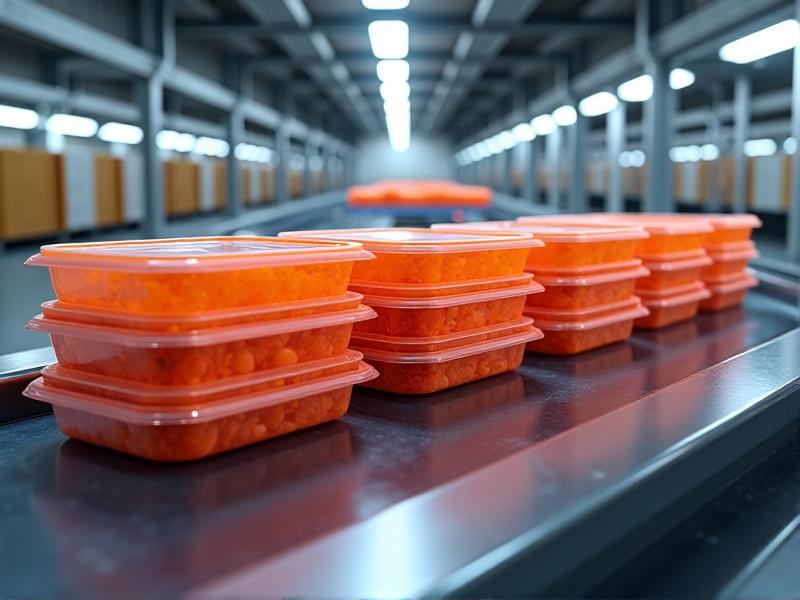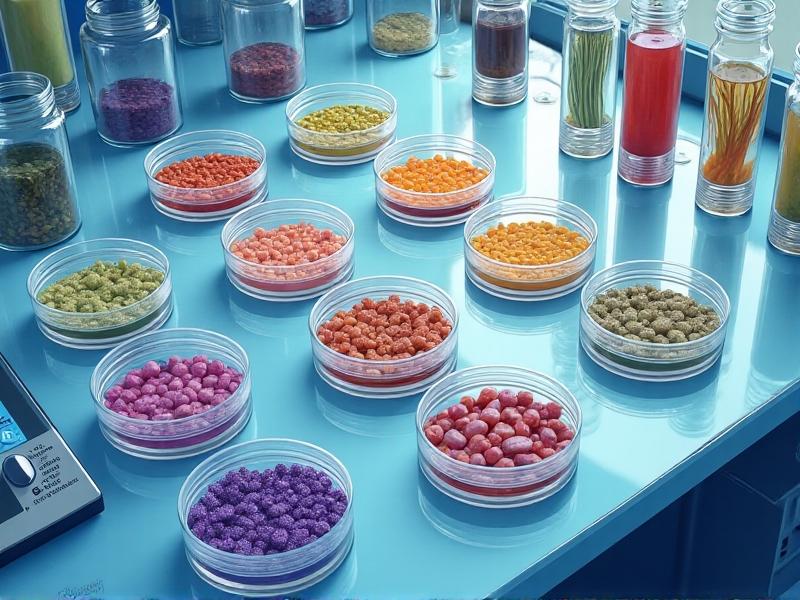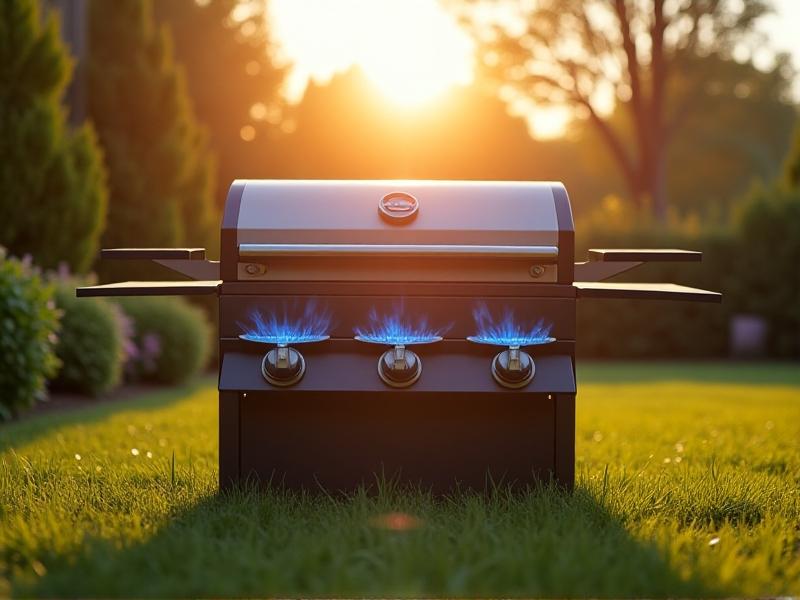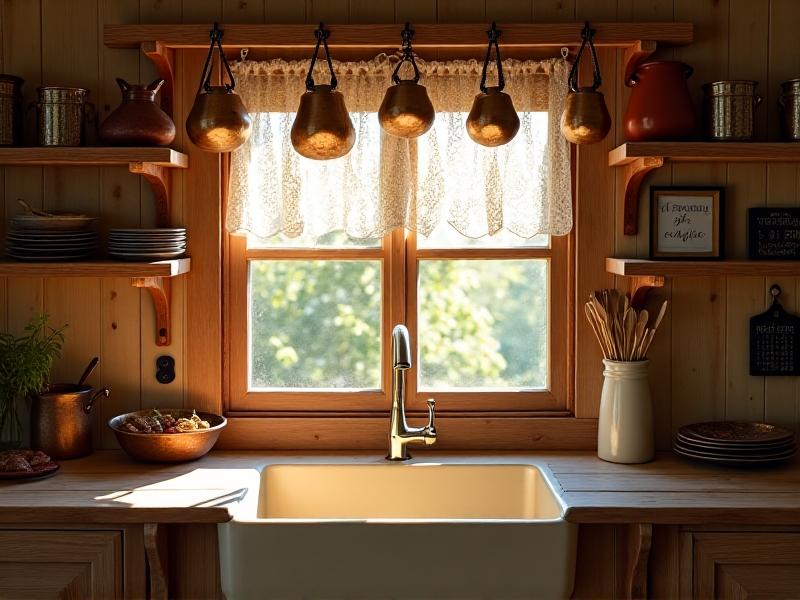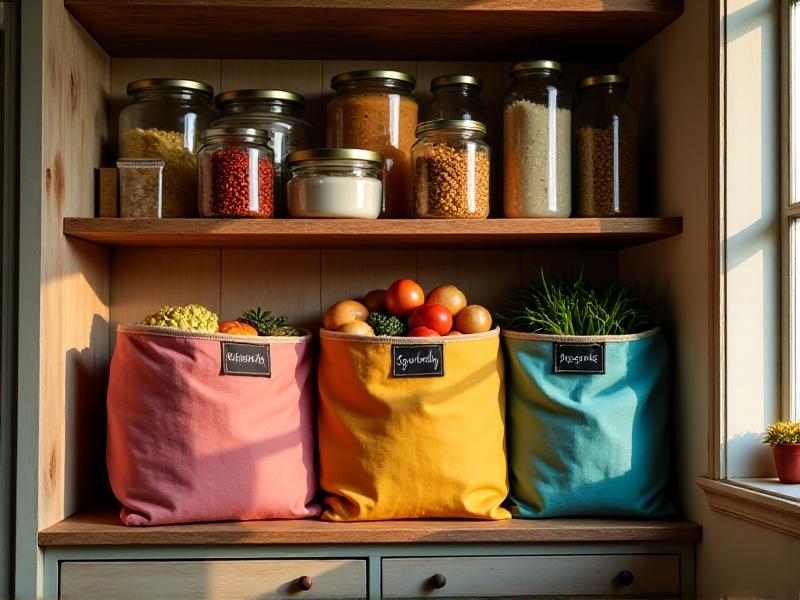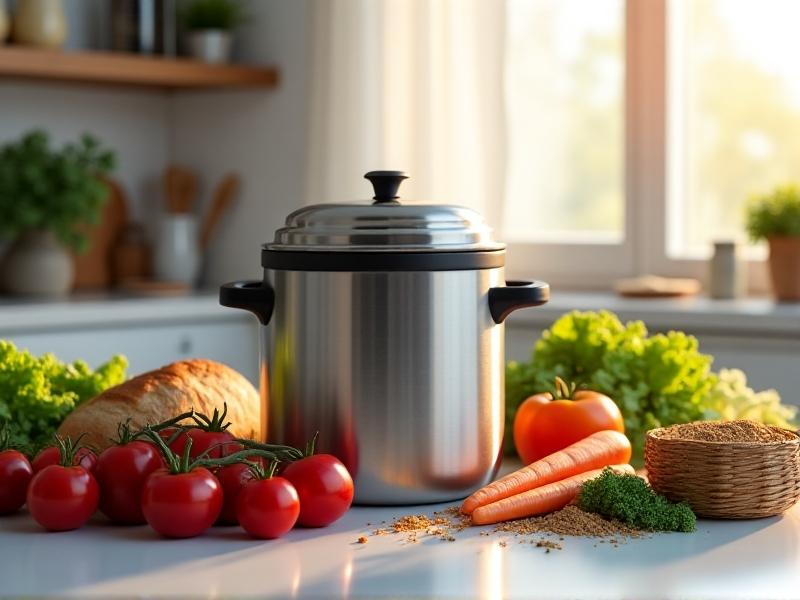Nesting Cookware Material Durability Tests
The Importance of Material Durability in Nesting Cookware
Nesting cookware has become a staple in modern kitchens due to its space-saving design and convenience. However, the repeated stacking and unstacking of these pots and pans create unique stresses on their materials. Durability isn’t just about longevity—it’s about safety, performance, and cost-effectiveness. Thin or weak materials can warp under high heat, scratch during storage, or leach harmful chemicals into food. For consumers, prioritizing durable materials ensures their investment withstands daily wear while maintaining cooking efficiency.
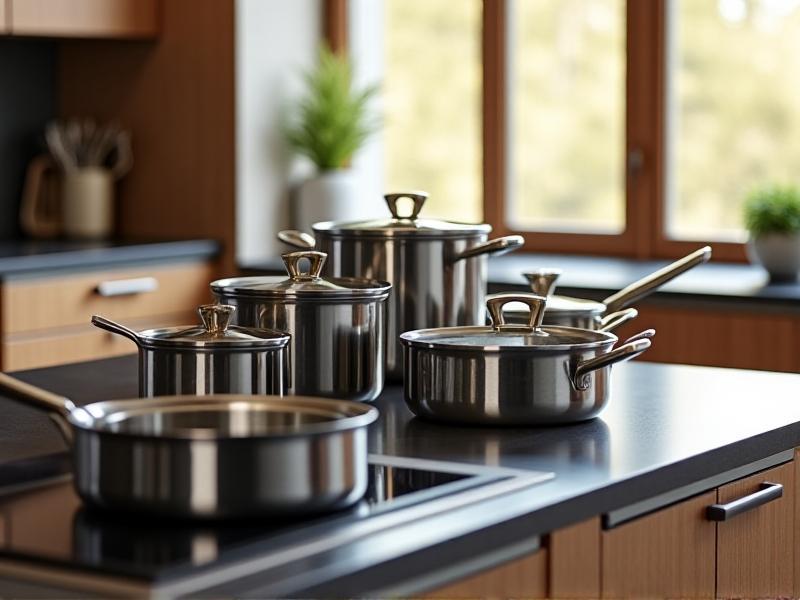
Stainless Steel: The Industry Benchmark
Stainless steel remains a top choice for nesting cookware, thanks to its corrosion resistance and structural integrity. High-quality grades like 304 or 316 stainless steel contain chromium and nickel, which prevent rust and pitting even after prolonged exposure to moisture. Lab tests often subject these pans to salt spray chambers to simulate years of use, revealing minimal degradation. Additionally, stainless steel’s non-reactive nature makes it ideal for cooking acidic dishes. However, lower-quality variants may discolor or warp under extreme temperatures, highlighting the importance of material grading.

Aluminum Alloys: Balancing Lightweight and Strength
Aluminum’s excellent thermal conductivity makes it a favorite for even heat distribution, but pure aluminum is too soft for nesting sets. Anodized aluminum solves this by creating a hardened oxide layer, resisting scratches and corrosion. Durability tests often involve repeatedly dropping weighted objects onto aluminum pans to check for dents. While anodized versions fare well, standard aluminum may warp under sudden temperature shifts. Brands often clad aluminum cores with stainless steel to enhance durability without sacrificing heat efficiency—a hybrid approach tested rigorously in simulated kitchen environments.
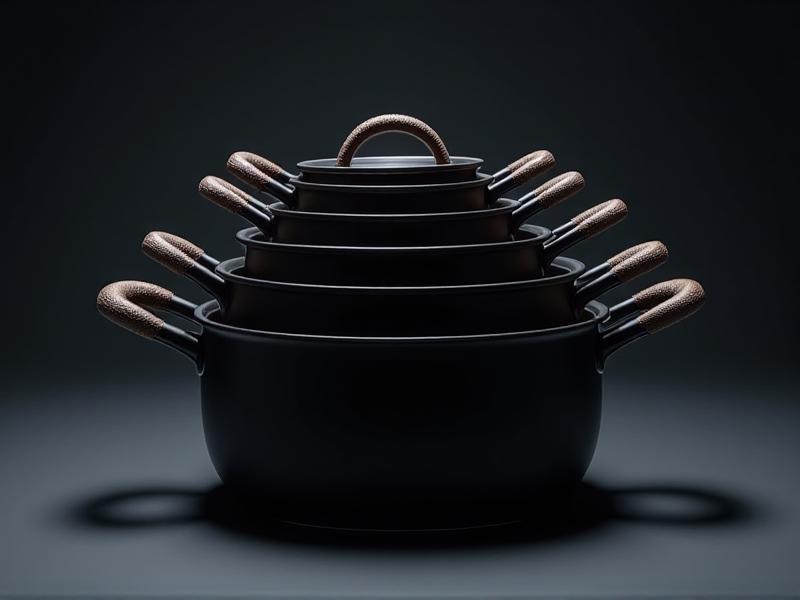
Non-Stick Coatings: The Delicate Dance of Durability
Non-stick coatings like PTFE (Teflon) or ceramic provide effortless food release but face scrutiny over longevity. Standardized Taber abrasion tests simulate years of utensil contact, with high-quality coatings lasting thousands of cycles before showing wear. Chemical resistance tests also expose coatings to acidic sauces and cleaning agents. Ceramic variants, though free of PFAS, often degrade faster under high heat. Nesting exacerbates wear—stacking can cause micro-scratches. Recent innovations, like reinforced diamond-infused coatings, aim to bridge the gap between non-stick convenience and rugged durability.
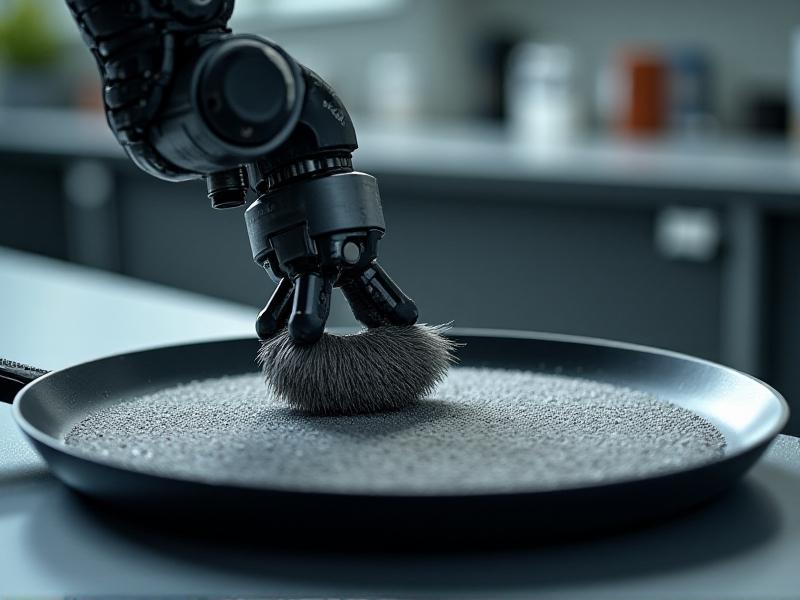
Thermal Shock Resistance: From Freezer to Stovetop
Thermal shock testing mimics real-world scenarios, like transferring a pan from a hot oven to a cold sink. Materials are heated to 500°F (260°C) and rapidly quenched in water. Stainless steel typically withstands 100+ cycles without warping, while thin aluminum may deform after a dozen. Cast iron, though rarely nested, excels here but adds weight. Advanced composites, such as hard-anodized aluminum with stainless steel rims, are emerging as resilient hybrids, offering the best of both worlds for temperature resilience.
Scratch Resistance: Surviving Utensils and Stacking
Nesting inherently risks surface scratches as pots rub against each other. Scratch tests use diamond-tipped tools to apply measured force, evaluating how materials fare. Stainless steel scores high on the Mohs scale, showing only superficial marks, while non-stick coatings can fail catastrophically. Some brands incorporate silicone liners between nested pieces—a solution tested via repetitive friction machines. For consumers, opting for scratch-resistant materials or protective accessories can significantly extend cookware lifespan.
Chemical Exposure: Battling Acids and Cleaners
Cookware frequently encounters corrosive agents, from tomato sauce to dishwasher detergents. Labs simulate long-term exposure by soaking materials in acidic solutions and monitoring pitting or discoloration. Stainless steel’s chromium layer self-repairs, but low-quality aluminum may develop oxidation spots. Non-stick coatings are also tested for chemical stability, as harsh detergents can accelerate coating breakdown. Manufacturers increasingly disclose compatibility with cleaning agents, empowering users to make informed choices.
User Habits vs. Lab Perfection: Bridging the Gap
While lab tests provide controlled metrics, real-world use introduces variables like metal utensils or high-heat searing. Studies comparing user-worn cookware to lab samples reveal discrepancies—non-stick pans often fail faster at home due to accidental overheating. Educating consumers on proper use, like avoiding stacking without protective pads, can align real-world outcomes with manufacturers’ durability claims. Brands are increasingly tailoring designs to endure common misuse, blending user-centric innovation with rigorous testing.
Future Innovations: Smarter and Tougher Materials
The cookware industry is embracing nanotechnology and eco-friendly composites. Graphene-enhanced coatings promise unparalleled non-stick durability, while recycled stainless steel alloys reduce environmental impact. Some prototypes embed thermal sensors to alert users to overheating, preventing material breakdown. As sustainability becomes a priority, durability testing now includes lifecycle assessments, ensuring new materials withstand years of use without compromising recyclability.
